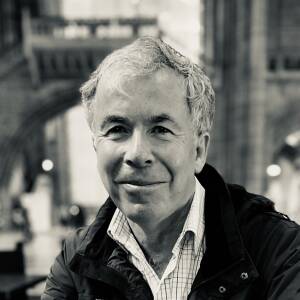My Home Town
A weekend at Mum and Dad’s. We’ve been very busy.
In their 90’s, they are independent minded, but increasingly vulnerable (not a phrase they would recognise) and it’s clear they could do with more help. So we’ve some phone calls to make.
I took this view from Mum’s room. This town is a place I’ve always thought of as “ordinary”. But actually that’s unfair. It’s a working town. With housing built for working people. And this council housing - built in the late 1940’s - is solid, built to Parker Morris standards ( Mrs Thatcher got rid of those). By modern standards - extraordinary. Beyond the gardens are allotments, all intensively used, and beyond those is a primary school - I went there. And beyond that at the bottom of the slope ( “hill” is too big a word) is the High Street. Sitting along the Great North Road it was the first stop from London, where the coaches changed their horses. And the town remains the first main stop from London on the East Coast railway line.
The town was transformed when it was designated a New Town, the first after the Second World War. The centrifugal force of London feels a lot stronger than when I was a youngster (decades ago), which is a good thing (connections to the capital are frequent, quick, and relatively cheap) and a not so good thing (it doesn’t feel as freestanding as it once did).
The most well known “son of the town” these days is racing driver Lewis Hamilton. And the most important literary connection is EM Forster. The opening pages of “Howard’s End” describe a walk from the former railway station ( which I remember well) to the house, which sits beyond the old parish church of St Nicholas.

Comments
Sign in or get an account to comment.


